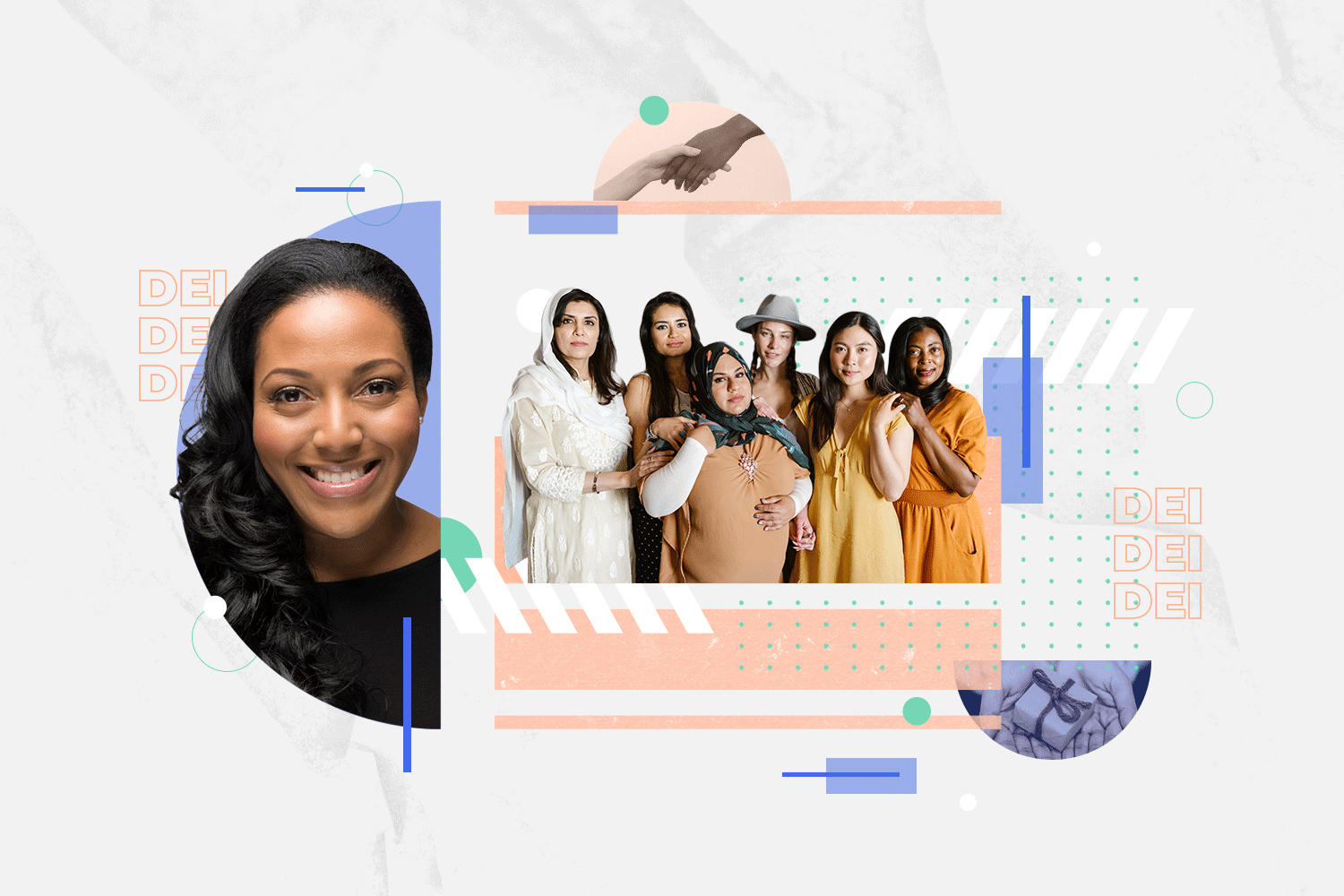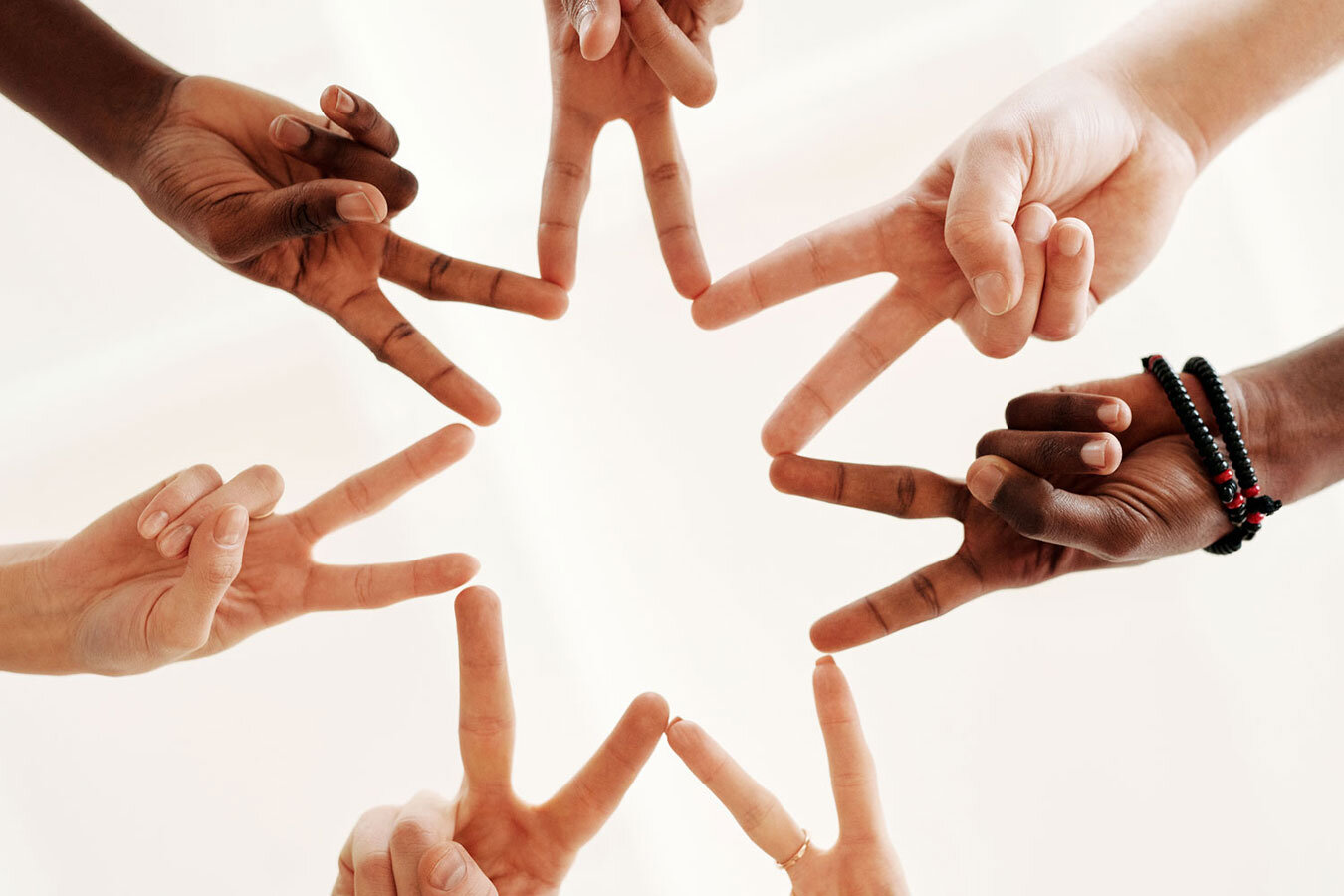Women’s Philanthropy Through the Inclusion, Equity and Diversity Lens
By: Yolanda F. Johnson, Founder, Women of Color in Fundraising and Philanthropy (WOC)®
Women’s Philanthropy thought leader, Kathleen Loehr, is retiring. In a truly unique model of legacy, she is leaving her papers and research to the Women’s Philanthropy Institute (WPI) at Indiana University. And, she’s leaving her exclusive methods, treasured insights and archive to me and seven other hand-selected women she has chosen to continue living out her legacy and growing Women’s Philanthropy: The Women’s Philanthropy Alliance. I am honored to be a part of this elite group of industry experts and thought leaders on Women’s Philanthropy, and I will do my best each and every day to make Kathleen proud. My journey thus far is a personal one, which led me to understand how, even as an expert in DEI for Philanthropy and a philanthropist myself, I had somehow compartmentalized gender along the way. The danger here is that if I can do it, anyone can, and so I vowed to craft my work in Women’s Philanthropy in the most impactful way as possible.
Research from WPI shows us that tens of millions of dollars are left “on the table” each year because fundraisers don’t invest in learning how to better steward, appreciate, cultivate, and respect women donors. This can also be said about donors of color. There is a quote for which I’ve become known, based upon the bad assumptions made related to donors of color: “Do not treat your donors of color like DEI ATM’s.”
So often when we think of DEI, or what, in my practice, I refer to as Inclusion, Equity and Diversity, we understand, on some level, that this includes gender. Nonetheless, in perhaps an inadvertent nod to the patriarchy which invades our society and, therefore, the philanthropic sector, gender equity can so often become otherized and precious rather than seen as I understand it: as a consequential part of the fundamental DEI canon.
The first step is to reflect and educate ourselves about how women give and enact strategies for better, more inclusive engagement.
The work of inclusion cannot be completed holistically; it happens one person, one program, one conversation at a time. In order to put an end to incorrect assumptions about women donors, we must determine concrete strategies around how to educate the sector, transform fundraising practices and bring home the greater value of how and why women give “home” to our individual lives, work, institutions, and organizations. The first step is to reflect and educate ourselves about how women give and enact strategies for better, more inclusive engagement.
A couple of years ago, I developed a list of widely shared actions for DEI fundraising success. I’ve since adapted them specifically for Women’s Philanthropy. I hope they will help you to think differently, stop making assumptions, and embrace the incredible value of engaging women donors through more inclusive practices.
Here are five actions you can take right now to begin leveraging DEI strategies to drive fundraising success related to women donors.
Acknowledging that our society is build upon patriarchy, where does that leave the perspectives of traditional gender roles in your organization and on your team?
1. Change Organizational Culture
Know thyself. Start where you are and be realistic about the mindsets of those in authority. Take every opportunity to reaffirm to your fundraising teams the importance of a diverse donor base which includes not only people of varying backgrounds, but women donors.
Acknowledging that our society is build upon patriarchy, where does that leave the perspectives of traditional gender roles in your organization and on your team? This can include incentive structures, remembering that Women’s Philanthropy is part of DEI/IED in programming, speakers, professional development, etc. When teams are encouraged and reminded to look beyond their usual circles, new fundraising opportunities emerge.
Share a framework for DEI goal setting through a focus on how women give and use an innovation mindset to start small with new initiatives, track outcomes, and to use agility to build off successes.
2. Benchmarking and CRM
The days should be long gone that a woman receives mail without her correct name, usually due to making assumptions based upon relationships. Yet, this can still be an issue when organizations or institutions do not enact the due diligence to ensure that this simple – yet profound – step has been taken.
So, leverage tools that make it possible to understand the current state of the diversity makeup of your donor base, including women donors.
Tools and resources should be made available to all nonprofits regardless of their size—from donor data to automated marketing and even AI that can recommend full categories of people being left out of your donor base.
3. Intentional Marketing
Personalize communications based on identity to attract diversity in donors and teams. Create a strategy that prioritizes the demonstrated ways that women give, for instance, engaging them in programmatic activities and building trust. Leverage accomplishments and leadership of women in your community, year-round, to remind your community that it is important to remain inclusive, and not only in a particular month – Women’s History Month. But don’t forget to effectively celebrate March as well. When women see other women celebrated and featured, they will be more apt to engage.
Research to practice is how we will move the needle in Women’s Philanthropy.
4. Authenticity in Diverse Donor Relations
As I’ve mentioned before, one important thing to remember when working towards diversifying an organization’s donor base, is to never make assumptions about donors of color or women donors. We want to move away from a transactional model of fundraising, and while donor diversity may likely result in exceeding revenue goals, it is also important to engage donors as human beings with philanthropic priorities, gifts, talents, potentially fresh outlooks on life, and the good work that is to be done in the world.
5. Connect Women’s Philanthropy Strategies to Fundraising Impact
Most importantly, we must connect DEI and Women’s Philanthropy Strategies directly to fundraising impact through data, research, and success stories. There is a plethora of research available in this area and in May 2023, it will be released as part of a special endeavor to recognize the retirement of Women’s Philanthropy trailblazer, Kathleen Loehr. Research to practice is how we will move the needle in Women’s Philanthropy.
I’ll end with another quote for which I am known, “Fundraisers are beacons of light and hope, illuminating the path to the good work needed in the world today.”
As we continue the path forward for fundraising and philanthropy, let us always remember that women give! And let’s illuminate the path, shining a light on how beautiful and impactful our sector will be when we fully and inclusively engage the power of Women’s Philanthropy.
Yolanda F. Johnson, Founder, Women of Color in Fundraising and Philanthropy (WOC)®
With a wealth of experience in the non-profit sector, Yolanda F. Johnson, a leader in fundraising, philanthropy and Inclusion, Equity and Diversity, has developed training methods for boards and leadership groups in effective fundraising strategy and in racial and gender equity, in addition to successfully launching fundraising and marketing initiatives; creating special streams of earned income and special events, including creative strategies for partnerships and sponsorships; securing foundation, corporation and government funding, and cultivating a diverse major gifts portfolio.
Her philanthropic work includes counseling philanthropists on where to direct their resources, and through her own YFJ Philanthropies, she personally gives back to causes supporting racial and gender equity, those with disabilities and the arts.
A trailblazing figure on the nonprofit landscape, from 2019 - 2022, Yolanda was the first African American President in the history of Women In Development (WID), NY, one of the NY Metro Area’s premier professional fundraising organizations; she is the founder of Women of Color in Fundraising and Philanthropy (WOC) and the founder of Allies in Action Membership Network, specializing in transformational anti-racism training and programming for the nonprofit sector.
Content may not be reproduced without permission of Women of Color in Fundraising and Philanthropy.®




